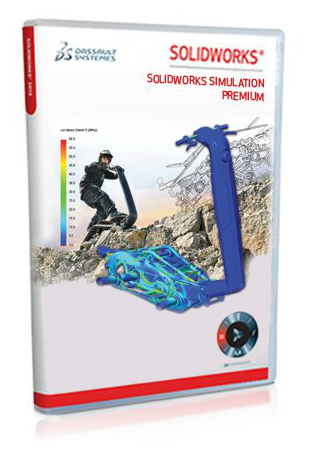
What is DraftSight?ĭraftSight is a 2D and 3D CAD program that has a similar user-friendly interface to other 2D CAD systems on the market which means you will be creating, editing, viewing, and marking up DWGs in no time, getting things out, manufactured, and to the customer as quickly and effectively as possible.
#Draftsight electrical software#
Read a customer story on how Innovative Manufacturing Services creates schematic layouts for their electrical panels with DraftSight.As a SOLIDWORKS user, you may be wondering what you would use DraftSight for? With DraftSight you can directly prepare DXF files for a laser cutter, help manage legacy drawings in DWG format, and share licenses over a network for the occasional user to keep your software cost low. Unlike some other CAD packages, it is not tied to just one discipline. You can use it to draw anything you want. The great thing about DraftSight is its flexibility. It might take you 20 minutes, but it’s better than a few hours at the end of the project!Īnd that’s a brief rundown on how I use DraftSight for Electrical Drafting. Just roughly sketch it out on a sheet of paper and go from there. So, what do you do? Well, take some time before you draw the schematic to plan it out. The only option left is to tweak your schematic to fit, a little stretch here and there, move a board around, move some text… It’s all time consuming stuff. That is a really bad idea! If the contractor can’t read your drawings, then you are increasing the chances of a mistake on site. The first thing they decide to do is to shrink the schematic itself, but that leads to smaller text and smaller symbols, making it harder for the contractor to read. I’ve often seen users create beautiful schematics, but when they go to put a title sheet on them, it doesn’t fit. It’s very important, when drawing Electrical Schematics, to have a good sense of space on your Title Sheet. Again, these are created using my block library.


These could be for Fire Alarm, Electrical Boards or just a general overall Electrical Schematic. The last type of drawing I do on the Electrical side of things are the Electrical Schematics. You’re not trying to give an accurate representation of the fittings used, just an accurate location for them to be installed. Again, these blocks stay the same from project to project. Each entity type, Light Fittings, Wiring, Emergency Lighting and so on all have their own individual layers. I think you get the idea! All blocks are created with the colour set to Bylayer, that way, it’s easy to tell if you’ve accidentally placed a block on the wrong layer. So, Data entities will always be found on EG-Data, Fire on EG-Fire and so on. Likewise, there are specific Electrical Layers, these also do not change from project. You know it’s a Double Socket, but you know it is non standard. For example, the Double Socket from UPS, whilst still similar to the original, is different.

However, depending on the project, new symbols are often created. From project to project, a 13A Double Socket always looks the same, it does not deviate. Every electrical drawing I create, has an Electrical Legend on the drawing so there can be no mistaking a fitting for something else. Some I’ve edited to suit, others were perfect the way they were.Įlectrical drawings are very dependent on legends. Over the years, I’ve created and downloaded many blocks for my Electrical Library. That’s everything from Lighting, Data and Power Layouts to Board Schematics. Well over 50 percent of the CAD work I do in DraftSight is electrical related.


 0 kommentar(er)
0 kommentar(er)
